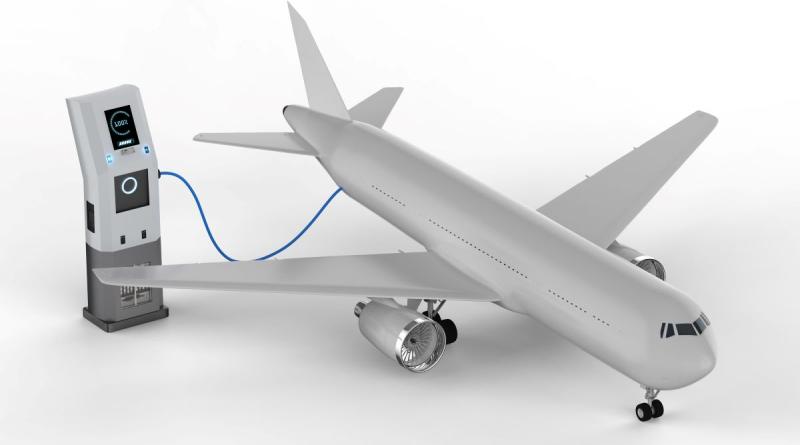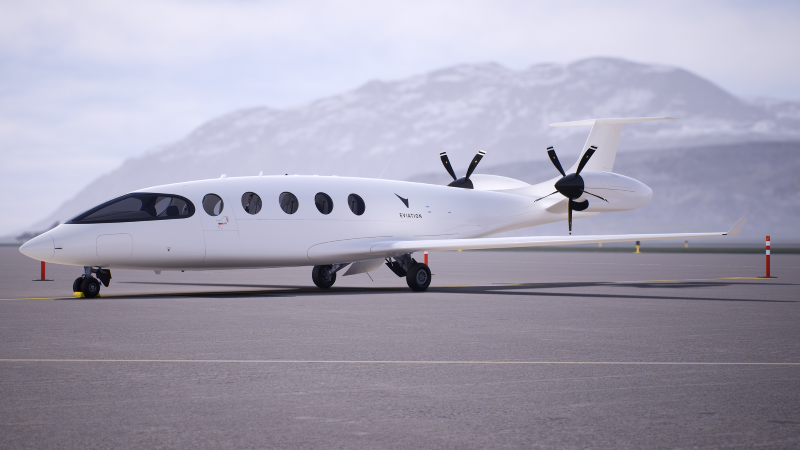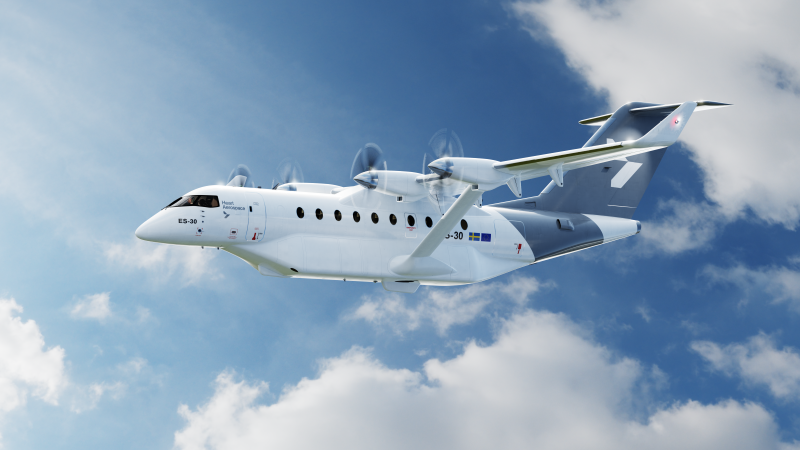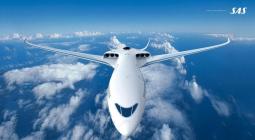Electric Airplanes Are the New EV

Until now, when people talked about electric vehicles, they were talking about automobiles. But as cars reach a tipping point, and electric options for SUVs, pickups, and even school buses begin to proliferate, innovators are starting to look to the skies. Electric airplanes may be the next big thing in sustainable transportation.
Electric Vehicles
Twenty years ago, many people argued that electric vehicles would never take off. Many people thought that the drawbacks of EVs – short range, high cost, limited charging stations – would keep mainstream consumers from making the switch. Today, there is plenty of consumer demand, and there are high-performance options to meet it. From sports cars to pickup trucks, EV drivers are no longer limited by a hippie aesthetic.
How much your EV benefits the environment compared to a gas-powered vehicle depends in large part on the source of your electricity. Consumers are waking up to this reality and showing increased interest in charging their EVs with solar power – you can even buy a combined solar panel/EV charging system from IKEA now. Corporations are switching to electric fleets, and vehicle-to-grid technology allows communities to use publicly owned fleets as a climate resilience strategy to store electricity for use during natural disasters.
Impacts of Air Travel
Air travel contributes about 3% of the global greenhouse gas emissions that cause climate change. That’s only a small part of the emissions from the transportation sector as a whole, which is still dominated by road transport, especially in the U.S. But Americans contribute more than their fair share of aviation emissions, too; flights from airports in the United States were responsible for almost one-quarter of global passenger flight-related carbon dioxide emissions.
On average, a flight produces more than 53 pounds of carbon dioxide per mile. A round trip transatlantic flight generates about 986 kilograms of CO2 per passenger. That is more than a year’s worth of emissions from the average person in 56 countries, and enough to melt 32 square feet of Arctic summer sea ice. Because airplanes directly release emissions at high altitudes, their impact may be even more pronounced.
You can try to make your flights more sustainable through waste-reduction and purchasing carbon offsets. But since flying is often a discretionary activity, some people are rethinking the decision to fly at all, choosing to just stay home, take the train, or explore slow travel.

Electric Airplanes
Not everyone can or will choose to stay on the ground. So it’s important to reduce the emissions from airplanes. Although changes have not been adopted across the industry, there has been some progress. Some airlines have worked to develop more efficient engines and biofuels. In 2016, 191 nations signed an agreement to reduce aviation-related carbon dioxide emissions 50% by 2050. Considering the success of EVs, electric aircraft engines are among the most promising options for achieving that goal.
Battery technology is the limiting factor in developing viable electric planes. Batteries are about 30 times heavier than the volume of kerosene jet fuel that could provide the same amount of energy. As with road-based EVs, hybrid technology may be the solution that gets electric flight off the ground. Using a combination of electric batteries and jet fuel helps balance the power to weight ratio. Researchers are working to address the power to weight ratio in other ways, for example, by reducing the weight of the engine itself and of the power converters.

Not Ready for Takeoff
Los Angeles-based Wright Electric is developing commercial jets with 100 and 186 seats. But most of the companies working towards electric flight are starting small. Icelandair is partnering with Heart Aerospace to develop an electric plane for domestic flights. The aircraft will have a range of about 200 kilometers with 30 passengers on electricity alone, or 400 kilometers with a combination of electricity and sustainable jet fuel. With the passenger count reduced to 25, the plane could travel up to 800 kilometers. Although not scheduled for delivery until 2028, the company already received nearly 100 orders from several countries.
While electrified commercial flights are still a few years out, the technology is not completely untested. In August, Icelandair performed a test of the first “passenger flight” of an electric aircraft. The Icelandic president and prime minister were the passengers on the inaugural flight of Pipistrel’s new Velis Electro. It is a fully electric small plane designed for pilot training.
In September, Eviation, a start-up based in Washington state, tested its prototype electric passenger plane. It built the plane to carry nine passengers as proof of concept for a fully electric commercial commuter plane. Powered by more than 21,500 battery cells that make up half the weight of plane’s frame, “Alice” reached 3,500 feet and flew for eight minutes. Although the test was considered a complete success, Eviation admits that the current technology is insufficient for commercial purposes and estimates it will take five years to complete a financially viable commercial electric airplane.
By Gemma Alexander
Gemma Alexander has an M.S. in urban horticulture and a backyard filled with native plants. After working in a genetics laboratory and at a landfill, she now writes about the environment, the arts and family. See more of her writing here.





